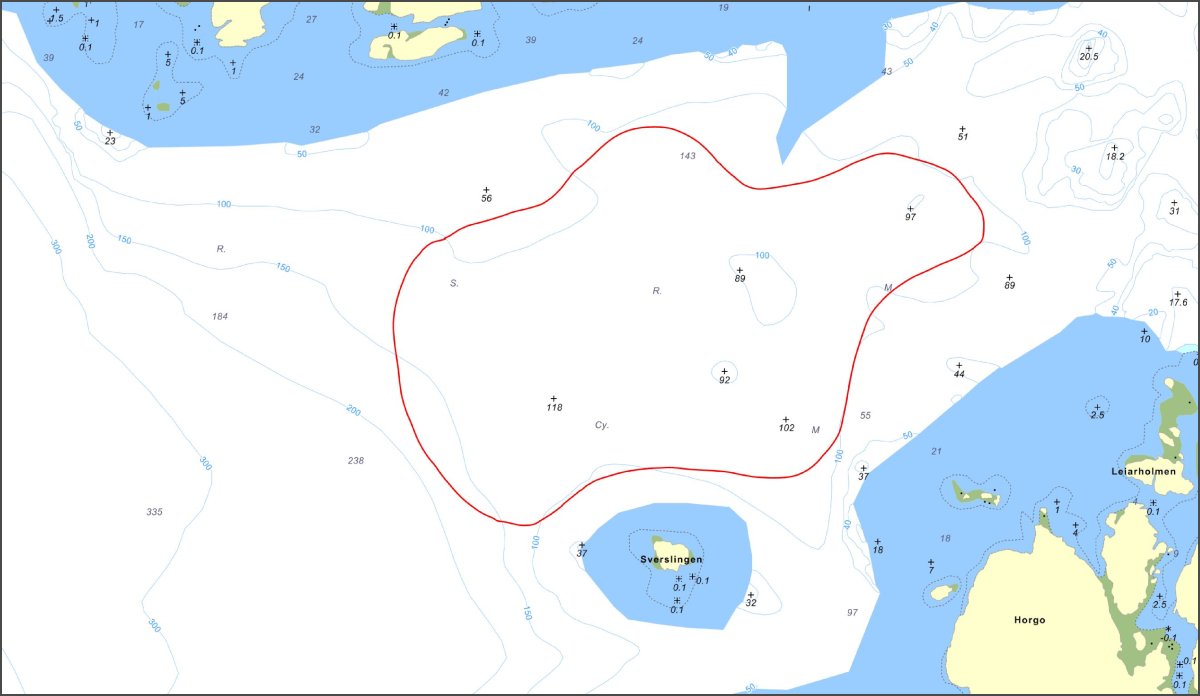This is how you catch a hake

Jan Hinriksson, an IMR research technician and angling expert, shows off a hake weighing over 10 kg, which he caught on a recreational fishing trip.
Photo: Endre HoplandPublished: 02.03.2023 Updated: 24.03.2023
The hake is a climate change winner in our waters. It has become more common in the North Sea and probably in coastal waters, particularly in Western Norway. It is a voracious hunter, but it cannot be outsmarted easily.
“Bait fishing from a boat is the main way to target hake. And the bait needs to be big”, says research technician Jan Hinriksson.
A “new” species for anglers
Hinriksson is one of the leading anglers at the Institute of Marine Research (IMR). Angling is a key skill when scientists need to target specific fish species, for example in order to tag them. Jan Hinriksson is a well-known figure in the Norwegian specimen fishing and angling community.
“Angling for hake caught on in Western Norway around ten years ago. Since then, the techniques have developed and the level of interest has picked up”, he explains.
He puts that down to the hake’s delicious taste, beautiful colours, big teeth and dramatic disposition. It has been called both the “cold water barracuda” and “sea pike”.
“The hake is probably our most exciting target species in the 2-10 kilogram class. It is common in coastal waters and fjords everywhere from Trøndelag and further south. Hordaland is a hotspot with lots of really big specimens”, he says.
Nevertheless, the fewest occasional anglers are familiar with the hake. So how do you catch one?
The rig
“Bait, bait and more bait – preferably a whole mackerel and never less than half a fillet. Fatty fish is best if you’re using fillets, while small saithe or poor cod also work great when using whole fish.”
Hinriksson recommends using a sinker weighing around 200-400 grams and a powerful 20-30 cm long leader before finishing off with a big hook (size 6/0-12/0).

“On account of its razor-sharp teeth, the leader should be one millimetre thick, preferably protected with a rubber tube.
“It is an advantage if the tube is luminous. And it’s not a bad idea to add a blinking light. The hake is the species where using artificial light makes the biggest difference.”
Where to fish
You catch hake from a boat. But not at the more classic fishing spots.
“No, you should avoid the typical steep slopes, and rather find somewhere with a flat-ish muddy bottom at a depth of 70-150 metres. Ideally close to deeper waters. It is good if there is a bit of current and some small mounds on the sea bed.
“In sunny weather, the hake tends to stay near the bottom, on the lookout for prey. If it isn’t there, you can gradually work your way up to 50 metres, with lengthy pauses, and then back down again.”
Hinriksson’s top tip for anglers without an echo sounder is to use nautical charts showing the depth, which are available on the Internet.

Here Jan has circled a spot in a randomly chosen area that is typical hake territory. (Click to enlarge.)
“I have no idea whether there are any hake there, but it looks perfect on the map”, he says. (Map section from Gulesider.)
The bite
According to Hinriksson, the bite of the hake is unusual. It attacks from below, tends to take the bait calmly and then stays completely still. For a while.
“Many anglers’ reflex is to lift their rod in order to set the hook. But that is the last thing you should do with hake. If you do it at this stage, you will lose both the fish and your bait.
“You need to give the hake it´s dramatic pause. Stay calm and hold still until it heads into the deep and you feel real resistance. That’s when you lift your rod. Be prepared for a real struggle: the hake is famous for a fighting spirit to match its mean looks.”
The teeth
It may be a good idea to bring some strong pliers with you in the boat to remove the hook.
“The teeth are so sharp that you may not even notice it if you brush against them. Until you suddenly see the blood running from your hands. They really are no joke.”
But in the kitchen, on the other hand, it is sweet and obliging. The hake is easy to fillet and its meat its firm and good.
“It is forgiving, and there are lots of good ways to prepare it”, says Hinriksson.
“Good luck!”


